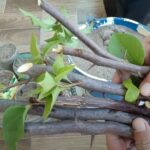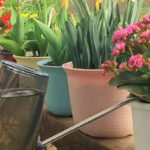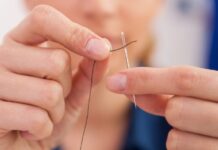Preparing the Steps to Grow Perilla by Branching
You can grow perilla from seeds or propagate it by cutting branches. However, the branch method is quicker. It takes a considerable amount of time for seeds to germinate and develop into full-grown plants.
To grow perilla from branches, gather the following materials:
– Potting Soil
Perilla is a resilient plant that isn’t too particular about soil type. However, to ensure vigorous growth, large leaves, and abundant foliage, use well-drained, nutrient-rich, and airy soil. You can enhance the soil’s nutrition by mixing it with compost or organic fertilizer.
Maintain a balanced moisture level in the soil, neither too wet nor too dry, to facilitate healthy root development.
If you’re planting in a pot, ensure it has drainage holes to prevent waterlogging.
– Perilla Branches
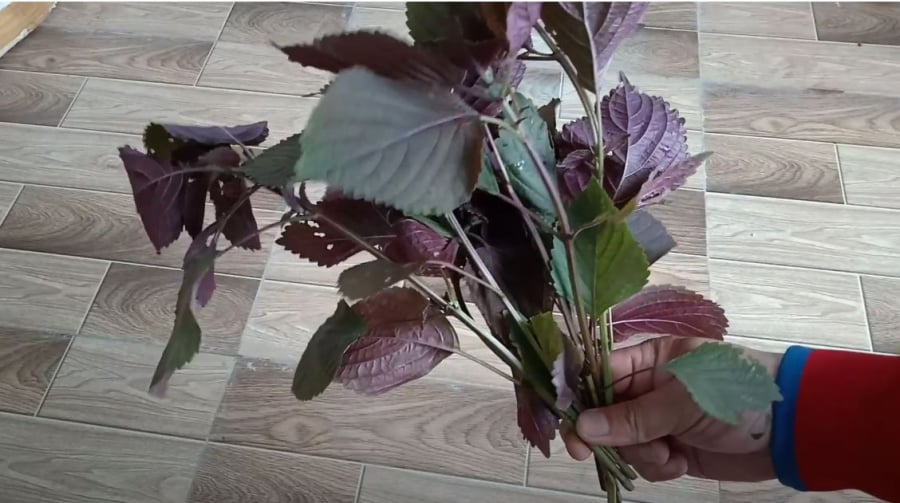
Propagating perilla through branch cuttings is a viable method.
Opt for fresh, pest-free perilla branches that are neither too young nor too old. For better survival chances, cut branches with at least 4-5 leaves, approximately 6-8 inches long.
Additionally, prepare a pair of pruning shears, a watering can, and, if possible, some root-stimulating hormone, readily available at gardening supply stores.
How to Grow Perilla from Branches
Use sharp, clean shears to cut the perilla branches decisively, avoiding any damage to the branches. Before cutting, disinfect the shears to prevent transmitting diseases to the plants.
After cutting, soak the branches in a rooting hormone solution or plain water for 1-2 hours to enhance root development.
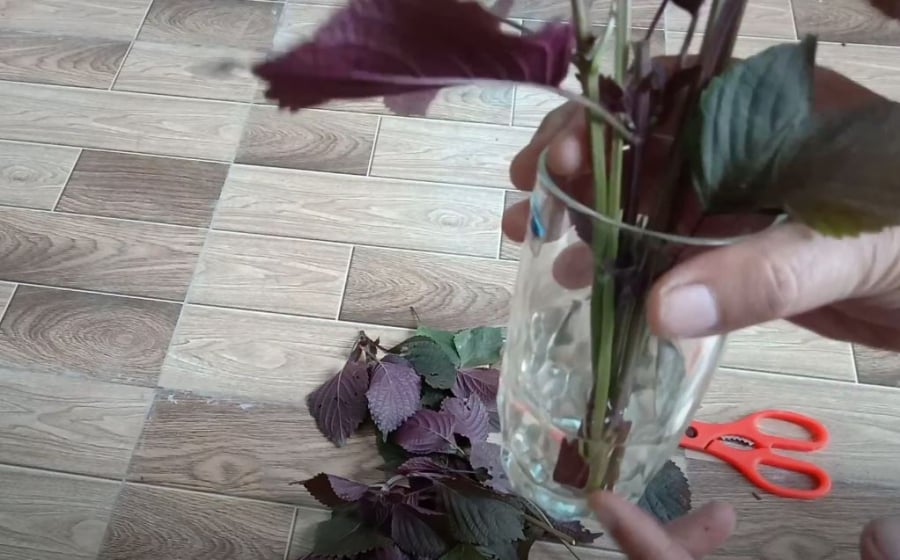
Soaking perilla branches in a rooting hormone solution before planting can boost root growth.
Next, strip off most of the lower leaves, leaving only 2-3 leaves at the top. This directs the plant’s energy toward root growth.
Create a small hole in the soil and insert the branch about 2-3 inches deep. Gently firm the soil around the branch to secure it in place.
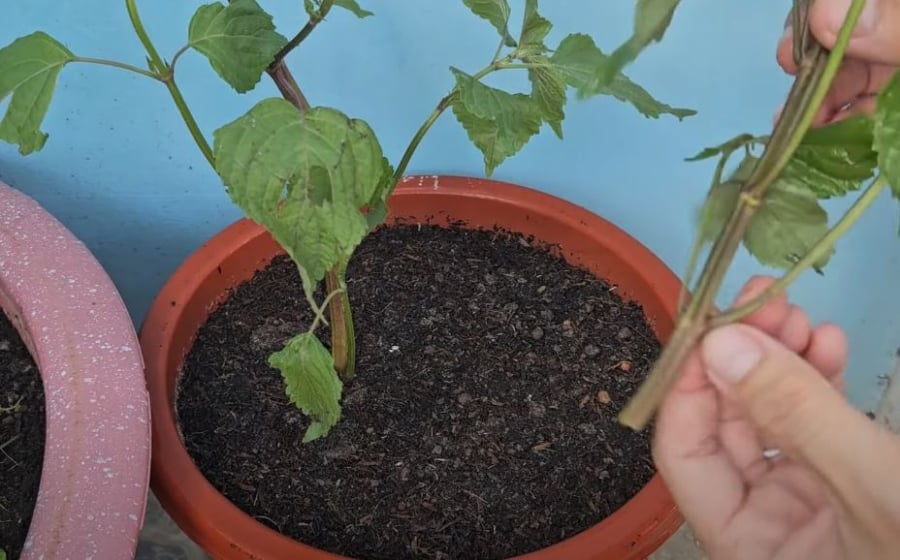
Plant the perilla branches in the prepared potting mix. For optimal growth, use airy, nutrient-rich soil.
Maintain consistent moisture in the soil by watering regularly. Avoid overwatering, as it can lead to waterlogging. Place the pot in a location with moderate sunlight.
Post-Planting Care for Perilla
Water the perilla plant once or twice daily, depending on the weather and soil moisture. Increase watering during hot, sunny days and reduce it on cooler, rainy days.
After about 2-3 weeks, the plant will thrive, signaling it’s time to feed it with organic fertilizer or nitrogen-rich fertilizer to boost its growth.
Once the perilla plant matures, prune the lower leaves and young branches to encourage more uniform and robust growth.
Perilla plants are generally pest-free, but if you spot any insects or pests, remove them manually or use organic pesticides.
After about 30-45 days, you can start harvesting perilla leaves. Cut the leaves from the top down, but avoid taking too many at once, as this may hinder the plant’s growth.
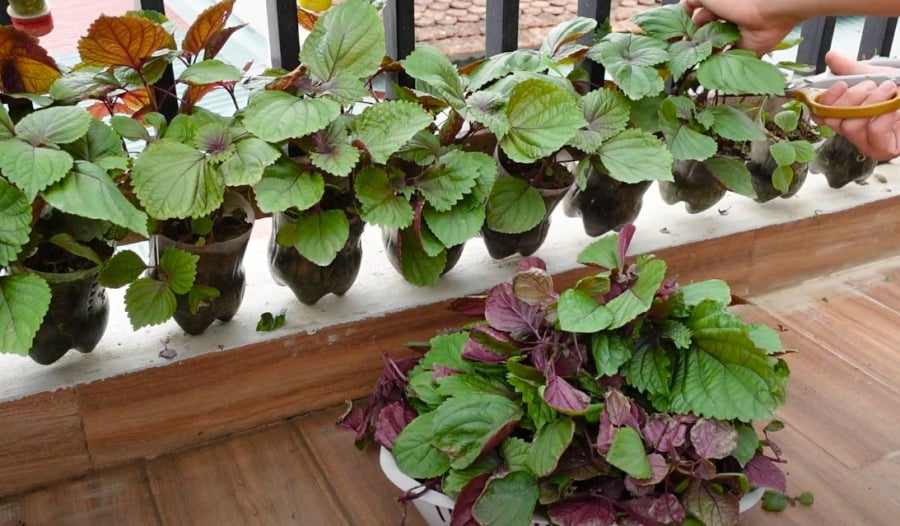
You can begin harvesting perilla leaves approximately 30-45 days after planting.
Remember to replenish the soil with fertilizer to encourage new leaf growth.
For older perilla plants, allow them to flower and collect the seeds for future propagation. Remove older, smaller plants that produce fewer leaves to make room for new, vigorous growth.
The Magic of Propagating Bougainvillea: Secrets to Fast-Growing, Flourishing Vines Without Breaking the Bank
Introducing the art of propagating the majestic Bougainvillea, a vibrant floral display that can be cultivated through stem cuttings. Uncover the secrets to transforming your garden into a vibrant oasis with this exotic beauty. Prepare to be captivated by its vibrant hues and graceful charm as we delve into the intricacies of nurturing and growing this exquisite flowering vine.

























